The Unspoken Rules of Pooping at Someone Else’s House
Most people don’t plan for it, but sooner or later, it happens. You’re a guest, your stomach flips, and you suddenly have a decision to make. But no one teaches the etiquette of using someone else’s bathroom for more than a quick visit. This is why these unspoken rules exist to help you keep things smooth, respectful, and stress-free.
Here are some tips that individuals are often too embarrassed to ask about—but almost everyone has faced at some point.
Time It When There’s Background Noise

Credit: Canva
Going when a conversation is lively or music is on can make the process less obvious. Sound travels easily in homes, especially when the walls are thin. A bathroom right next to a quiet group is an unfortunate location. If the home has no music playing, you can create some distraction by waiting until multiple attendees are speaking at once before excusing yourself.
Ask About the Bathroom Location First

Credit: Getty Images
Even if you already know where it is, ask the host for directions because it gives the host control over which bathroom you use. Many homes have a main bathroom that’s more public and another that’s more private. This ensures there are no awkward situations, like walking in on a space that’s reserved for family.
Check For Supplies Before You Begin
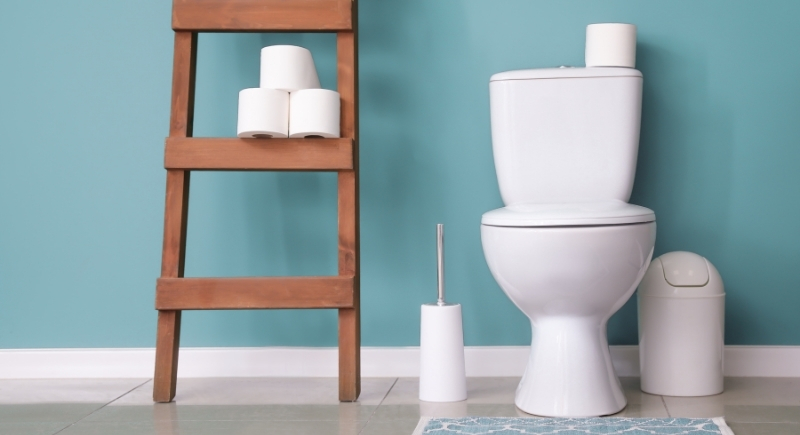
Credit: pixelshot
A lot of us underestimate how important it is to check the bathroom before starting. Make sure there’s enough toilet paper within reach and confirm the flush works properly. Look for an air spray, a trash bin, and a toilet brush in case you need them. Skipping this step can leave you stranded in the middle of things with no graceful solution.
Courtesy Flushes Can Be Useful or Risky
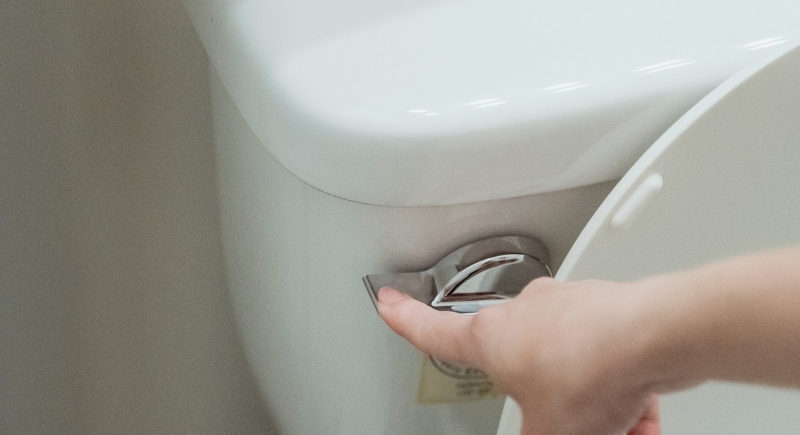
Credit: pexels
The courtesy flush is a mid-session flush meant to cut odor. Some households encourage it, while others see it as wasteful. Older toilets can use six gallons per flush, which makes the practice environmentally questionable. It can also clog weaker systems if repeated too quickly.
Flush At the Right Moment to Reduce Awkward Sounds
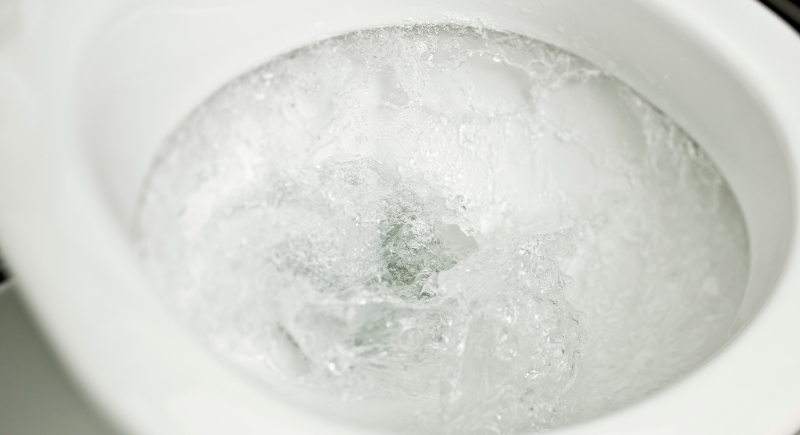
Credit: Getty Images
For those worried about noise, timing the flush before or during the most audible part can help. This trick works best with strong-flushing toilets. It masks not only sounds but also starts moving things along before the smell has time to spread. The key is knowing the toilet’s speed. A slow, swirling flush will draw out the moment instead of covering it.
Inspect The Bowl Before You Leave
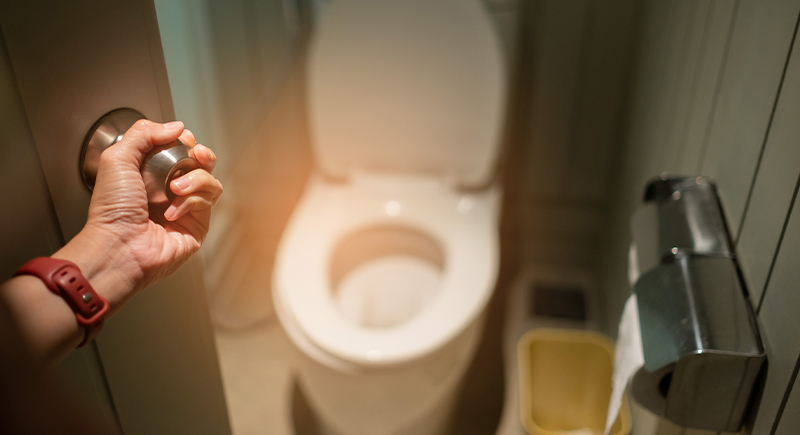
Credit: iStockphoto
It is never wise to assume the first flush took care of everything. Skid marks happen even with a strong flush, and water movement doesn’t always pull everything down. Leaving visible remnants is the fastest way to make a bad impression. A quick look saves you from embarrassment.
Limit How Long You’re Away from the Group
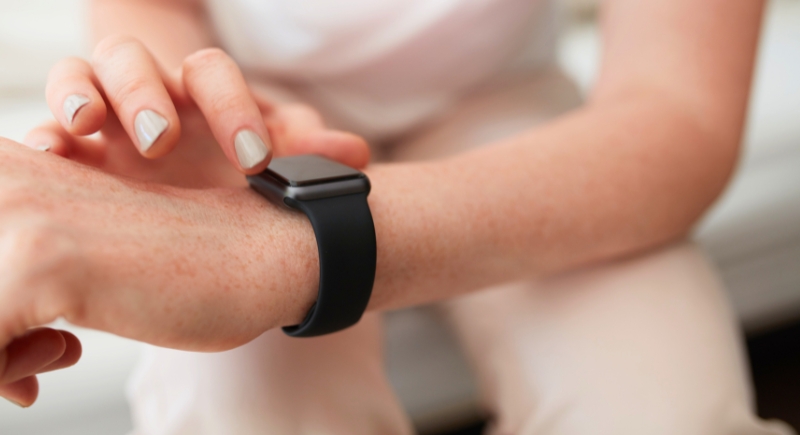
Credit: Canva
Taking more than a few minutes can draw attention, even if no one comments. People will notice your absence if the event is small. While you should take the time you need, avoid using the break to scroll your phone or freshen up for too long. The longer you’re gone, the more likely others are to guess what happened.
Use the Provided Spray or Freshener Lightly
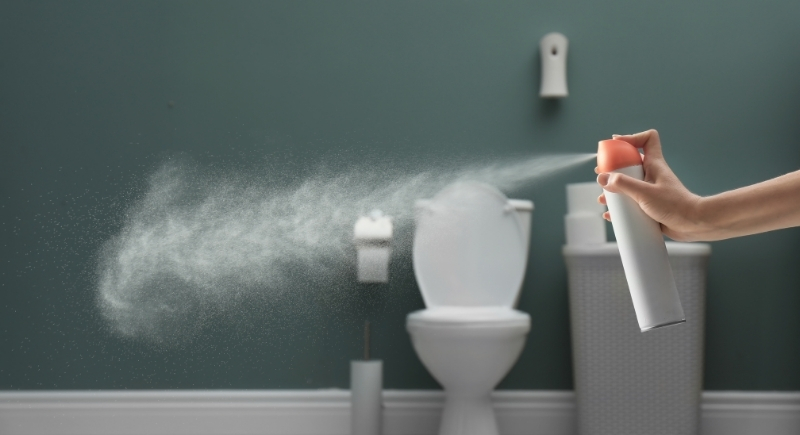
Credit: Canva
Only use the spray if it’s clearly available and give one or two quick spritzes before and after you go. Aim toward the bowl instead of into the air to contain the odor where it starts. This approach keeps scents from lingering too strongly, which can make your visit obvious.
Skip Elaborate Excuses Afterwards

Credit: Canva
Skipping this approach and drawing attention to your bathroom break tends to backfire. Joking about the smell or explaining what happened puts the focus squarely on you, which makes your absence more memorable than it would have been. Oversharing also risks making others uncomfortable, especially in mixed company.
Know Your Limits and When to Wait

Credit: Canva
Some individuals feel physically unable to go into unfamiliar bathrooms. This is linked to how the body’s relaxation response works. Forcing it can lead to discomfort or worse, digestive upset. Occasionally holding it won’t harm you, though frequent avoidance might point to an anxiety pattern worth addressing.
Deal With a Clog Immediately
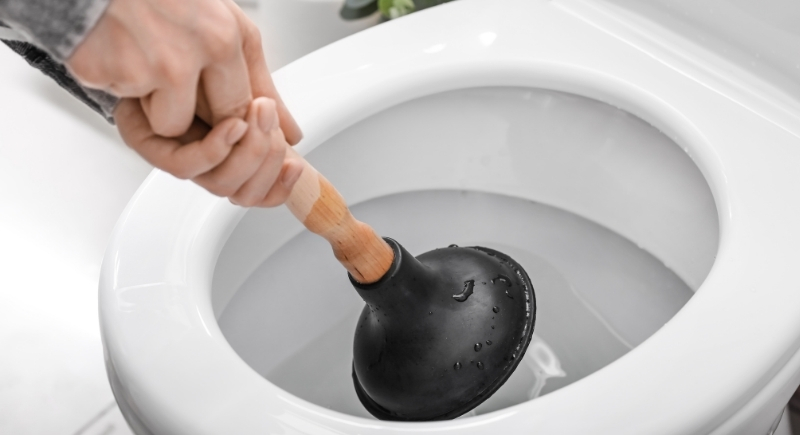
Credit: pixelshot
Keep in mind that a clog can happen even with careful use, especially if the toilet has weaker plumbing. In case there’s a plunger in sight, use it right away. If not, tell the host discreetly instead of hoping it resolves itself. Problems left unattended can cause overflow or make the next person deal with it.
Leave The Bathroom as Clean as You Found It
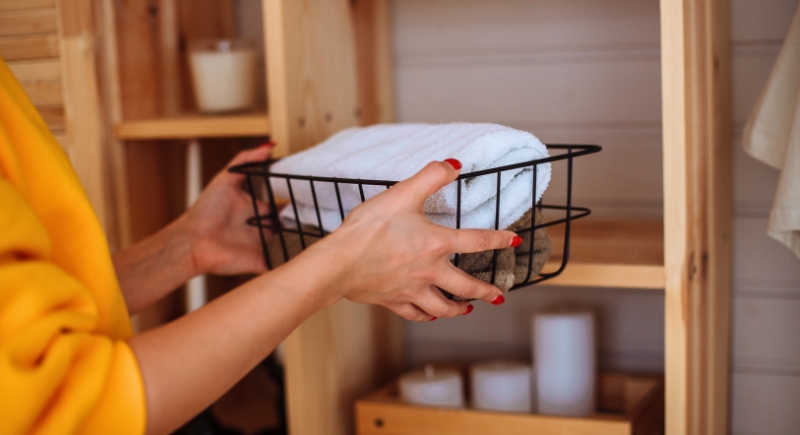
Credit: Getty Images
This means checking the seat, the floor, and the sink for water or paper. Put trash in the bin and wipe away any visible mess, even if it wasn’t yours. A smooth exit helps the next person walk in without hesitation. Numerous people judge guests less by the fact that they used the bathroom and more by how they left it.
Accept That Using the Bathroom Is Normal
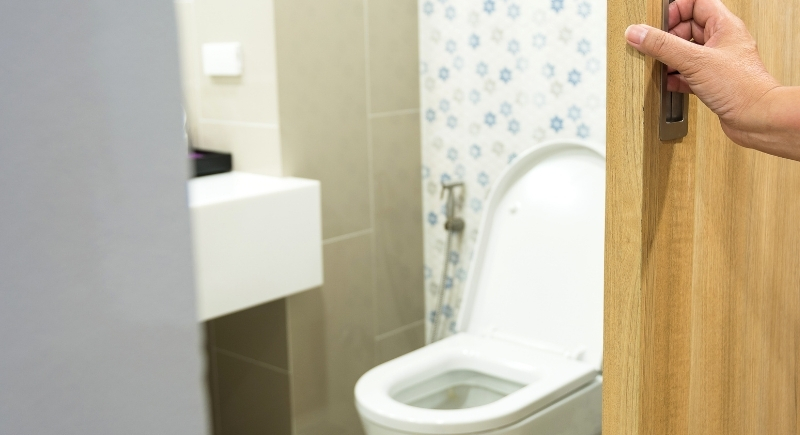
Credit: Getty Images
When hosts invite guests, they know that their bathrooms will be used. You don’t need to apologize for it. Treat the space respectfully, keep it tidy, and prevent unnecessary disruption. Using the bathroom is a simple part of being human, not an event that needs careful justification.
Don’t Flush with the Lid Open
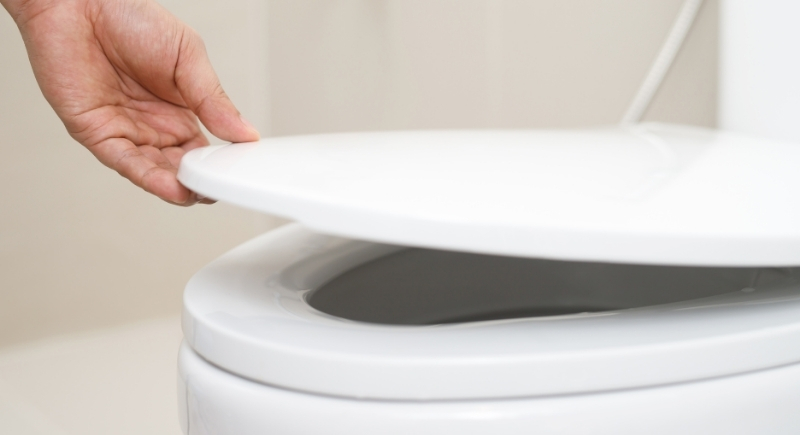
Credit: Canva
Flushing with the lid up can send microscopic particles into the air, a phenomenon known as “toilet plume.” Studies have shown that droplets can travel several feet and then settle on nearby surfaces. In a guest bathroom, this means someone’s countertop or even hand towels.
Wash Your Hands Thoroughly
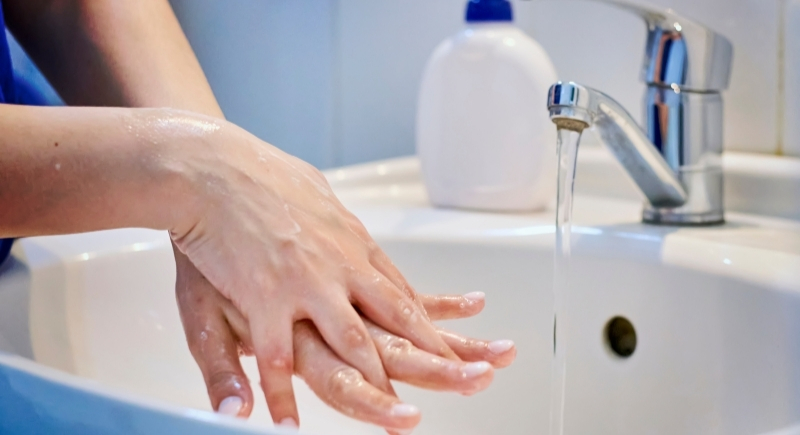
Credit: Canva
Handwashing is essential for hygiene. Public health agencies have long stressed washing with soap and warm water for at least 20 seconds to remove bacteria and viruses. Clean hands also mean you won’t transfer anything to shared food, furniture, or door handles. Taking the time to wash properly signals respect for the household and its guests.